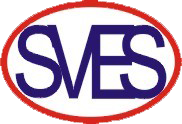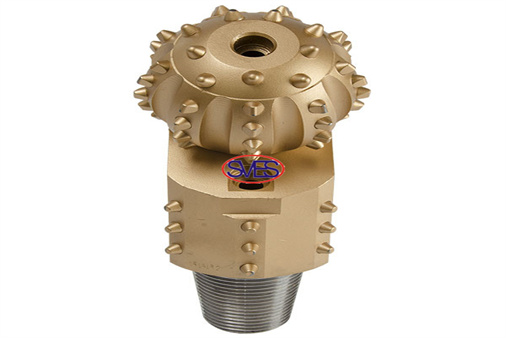
SVES Single-cone rock bit Supply to oversea client
2024-03-14 10:00SVES Single-cone rock bit Supply to oversea clientBitIron BitOil Field BitOil Field Single-cone rock bit
The most used in oil drilling and geological drilling is the cone bit. The cone bit has the effect of impacting, crushing and shearing the formation rock when rotating, so the cone bit can adapt to various soft, medium and hard formations. Especially after the emergence of jet cone bit and long nozzle cone bit, the drilling speed of cone bit is greatly improved, which is a major revolution in the development history of cone bit.

Cone bit according to tooth type can be divided into milling tooth (steel tooth) cone bit, insert tooth (insert carbide teeth on the cone) cone bit; According to the number of rollers, it can be divided into single, double, three-cone and multi-cone bits. At present, tricone bit is the most commonly used at home and abroad.
| Formation | Bit Type | Drilling Weight | Rotary Speed |
| (KN/mm) | (r/m) | ||
| Soft formations with low compressive strength and high drillability , such as soft marl,salt, uncon-solidated sandstorm, salt, etc. | 437 | 0.25-0.5 | 160-60 |
| Soft to medium formations with low compressive strength, such as shale , clay, sandstone, soft limestone, etc. | 517 | 0.25-0.5 | 160-60 |
| Low compressive strength, medium and soft, and relatively hard abrasive interlayer strata, such as hard shale, hard gypsum, soft limestone, sandstone, laminated dolomite, etc | 537 | 0.25-0.5 | 140-60 |
| Formation with moderate hardness with high compressive strength ,Such as hard shale, limestone, sandstone, etc | 617 | 0.25-0.5 | 140-60 |
| With hard abrasive streak,such as hard shale,anhydrite,soft lime-stone,dolomite,etc | 637 | 0.25-0.5 | 140-60 |
Note: The upper limits of drilling weight and rotary speed recommended in above table could not be used at the same time.

